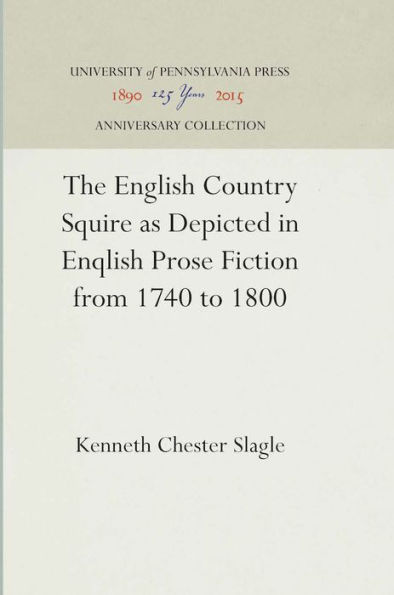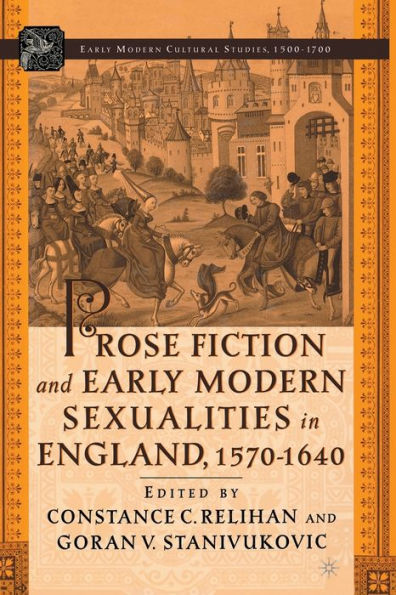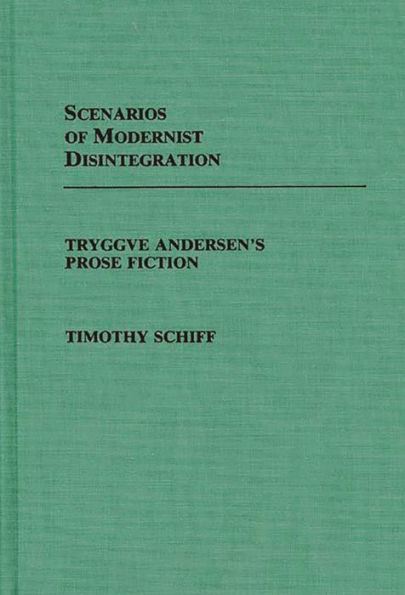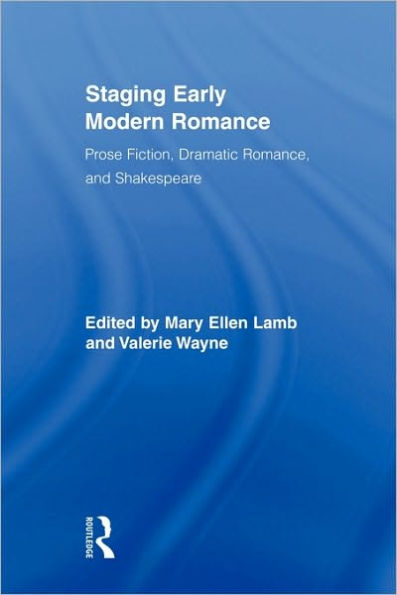Home
The Implied Reader: Patterns of Communication in Prose Fiction from Bunyan to Beckett
Barnes and Noble
The Implied Reader: Patterns of Communication in Prose Fiction from Bunyan to Beckett
Current price: $33.00


Barnes and Noble
The Implied Reader: Patterns of Communication in Prose Fiction from Bunyan to Beckett
Current price: $33.00
Size: OS
Loading Inventory...
*Product information may vary - to confirm product availability, pricing, shipping and return information please contact Barnes and Noble
Like no other art form, the novel confronts its readers with circumstances aring from their own environment of social and historical norms and stimulates them to assess and criticize their surroundings. By Analyzing major works of English fiction ranging from Bunyan, Fielding, Scott, and Thackery to Joyce and Beckett, renowned critic Wolfgang Iser here provides a framework for a theory of such literary effects and aesthetic responses.
Iser's focus is on the theme of discovery, whereby the reader is given the chance to recognize the deficiencies of his own existence and the suggested solutions to counterbalance them. The content and form of this discovery is the calculated response of the reader—the implied reader. In discovering the expectations and presuppositions that underlie all the perceptions, the reader learns to "read" himself as he does the text.
Iser's focus is on the theme of discovery, whereby the reader is given the chance to recognize the deficiencies of his own existence and the suggested solutions to counterbalance them. The content and form of this discovery is the calculated response of the reader—the implied reader. In discovering the expectations and presuppositions that underlie all the perceptions, the reader learns to "read" himself as he does the text.

















